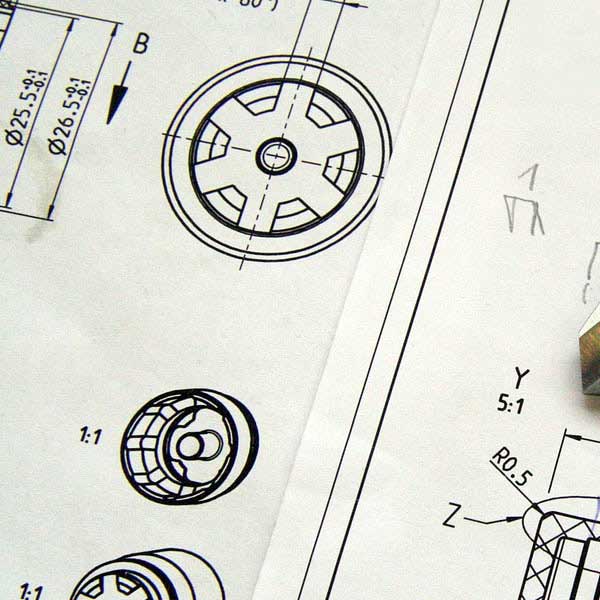Legacy Data & File Conversion

Our information management specialists can convert legacy data into new specifications, create required formats, and establish or supplement content from existing databases. DTB provides conversion services for customers that require an accurate and fully audited transformation of unstructured, semi-structured, or fully structured data from one standard (or non-standard) format to another.
We develop comprehensive databases for specific product applications. In addition, we employ Digital Asset Management (DAM) techniques to ensure that recurrences of the same or similar information for like applications are identified and resolved. Using DAM techniques eliminates costly redundancies in data development and sustainment, as well as assists in the configuration management process.
Our conversion projects accommodate all data and image formats. DTB’s ISO process control and long-standing experience in handling critical content conversions guarantees accurate results.
Legacy File Services
Review & Analysis | Transformation | Inspection | Correction
Review & Analysis
During the first stage of data conversion, the source content is carefully reviewed by our information analysts in order to determine how it can be correlated to the new specification or format.

The analysts pay special attention to such things as repeated information elements, generated text features, graphics, file entities, hidden or conditional text, and special formatting characteristics.
The result of this review is a conversion strategy that determines the best reuse methodology for these elements.
Our analysts then draft a report that details the mapping of the original source content to its new destination – according to the client’s specification or format.
Transformation
The next stage of the process renders the original source content into its new structure or format. Prior to conversion, DTB uses a conversion engine, which bases its decisions on the mark-up structure and mapping information. Using this information, the source file is disassembled, and its elements, attributes, and content are output in a series of file streams.

Source content structure and available metadata are stored in a database for reexamination or reuse. The conversion engine applies the structure elements and writes the data to the new destination file specification or format.
The conversion generates required reports – content transferred, number of elements converted, overall mark-up-to-content ratio for source and destination formats, and other quality metrics.
These metrics are saved for each converted file and form part of the audit trail for each converted document.
Inspection

This stage of the process involves a thorough quality inspection by DTB’s production specialists. They examine the converted documents for the following:
- Match to original content
- Compliance with target specification/format
- Handling of repeated information elements
- Generated text features, graphics, file entities, hidden or conditional text, and special formatting characteristics
Unexpected deviations from the source content are flagged for correction and noted on a hardcopy of the converted document.
Correction

All of the changes that are made to the converted document are tracked historically in a database. This process enables the converted content to be “rolled back” to earlier versions, if necessary.
We routinely perform in-process reviews with our clients and their customers to ensure that all expectations are met regarding the conversion project.
We will explain all technical aspects of the process to the detail desired in order to meet our clients’ contract requirements.
Unexpected deviations from the source content are flagged for correction and noted on a hardcopy of the converted document.
